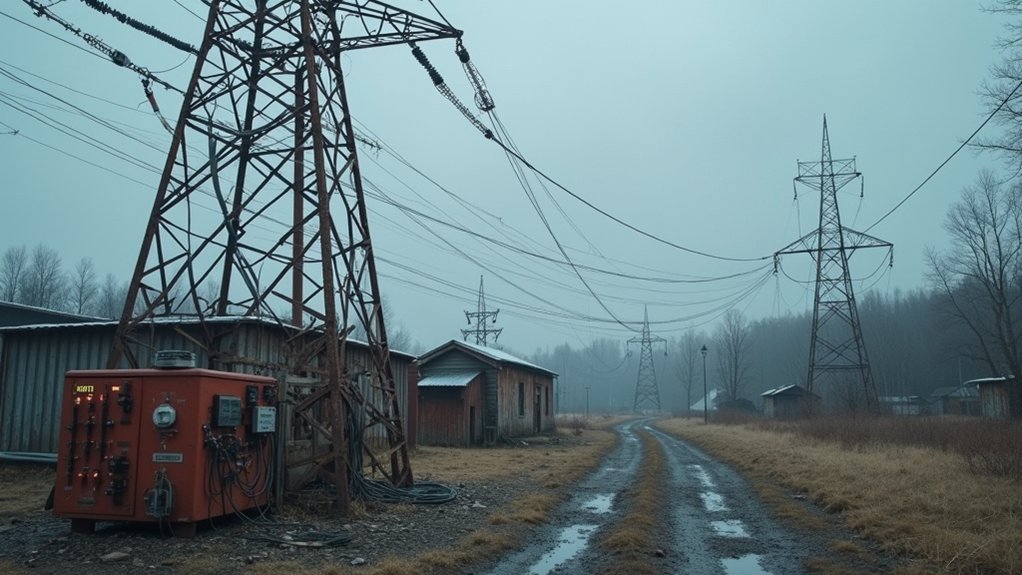How long can a nation’s power grids bleed under the parasitic grip of illegal crypto miners before the system collapses? In Russia, where electricity shortages already plague regions like Dagestan, the audacity of these digital leeches—siphoning power meant for homes and hospitals—borders on criminal warfare. Russian power engineers, however, aren’t sitting idly by, wringing hands over a Cultural Impact that erodes communal trust; they’re striking back with ruthless innovation, exposing a crisis that’s as much societal as it is technological. Where Historical Precedents of resource theft—think oil siphoning or wartime ration hoarding—set a grim stage, today’s crypto bandits wield GPUs instead of guns, yet the plunder is just as real.
Their methods, a blend of cunning and confrontation, involve partnering with internet and mobile operators to sever services temporarily, measuring grid load drops to sniff out hidden rigs. In villages like Balakhani and Maidanskoye, a staggering 3.2 MW reduction—enough to power 1,500 houses—unmasked 900 mining setups, a slap in the face to struggling locals. But don’t cheer yet; these miners, slippery as eels, dodge detection with mobile units and shadowy outbuildings, mocking the system’s grasp. The energy drain is particularly stark when considering that one Bitcoin transaction consumes enough electricity to power an American home for a month. Isn’t it ironic, almost laughable in a bitter, sardonic way, that while families shiver, these profiteers play cat-and-mouse with kilowatts? Over the past three years, the estimated theft of electricity by these miners has reached a staggering $5 million, draining resources from an already strained infrastructure estimated theft. In Dagestan, the number of illegal mining farms has doubled in 2024, exacerbating the strain on the region’s power grid illegal farms doubled.
Russian engineers, undeterred, push forward with AI tools to dissect consumption patterns, hunting anomalies with cold precision. Legal consequences loom—fines, arrests, even for nuclear scientists caught abusing supercomputers—but regulatory gaps persist, daring us to ask: when will enough be enough? The economic toll, straining grids and strangling access, isn’t just a statistic; it’s a betrayal. So, while miners hide, engineers fight—a battle for power, literal and moral, that Russia can’t afford to lose. How long until the grid, or patience, snaps?









